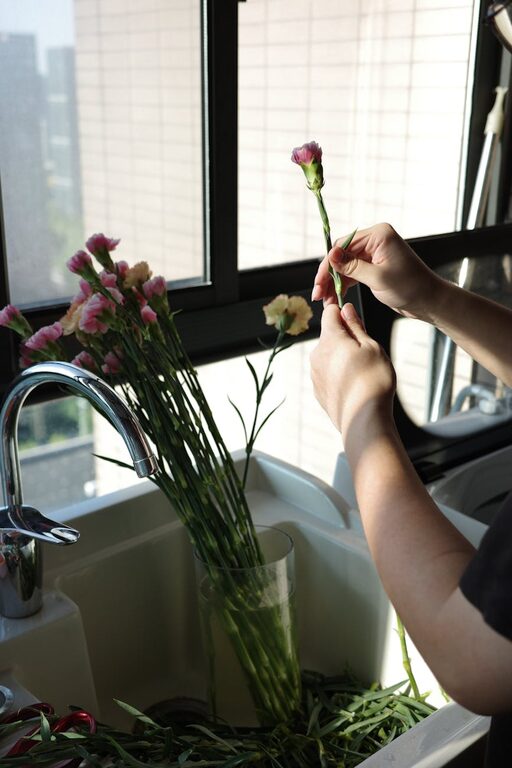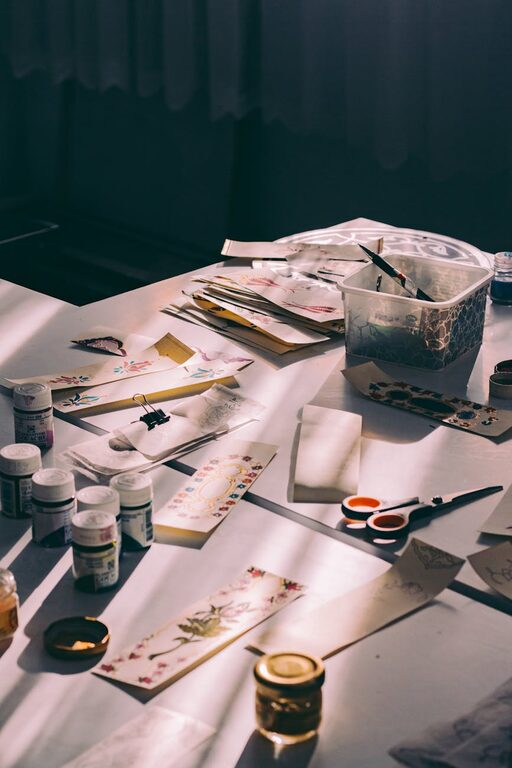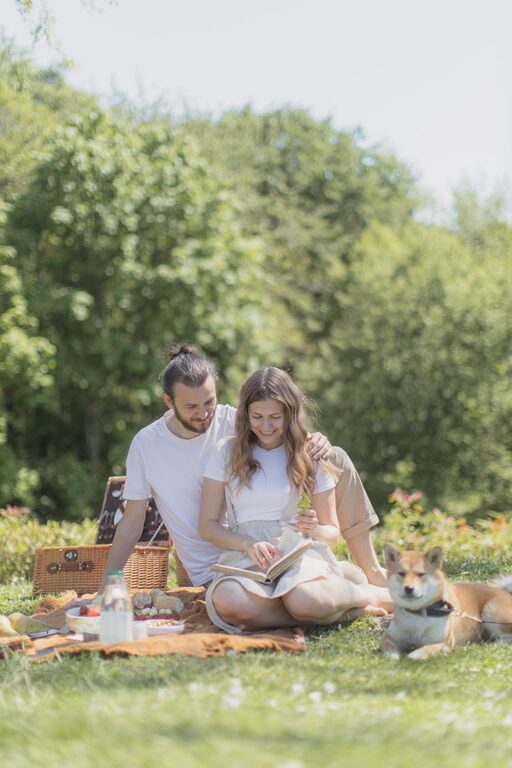
Starting a small herb garden indoors is a rewarding project that brings fresh flavors to your cooking and a touch of greenery to your home. Whether you have ample sunlight or a cozy windowsill, growing herbs indoors is practical and enjoyable. In this guide, you’ll find simple steps to set up and maintain your own indoor herb garden, even if you’re a complete beginner.
Why Grow Herbs Indoors?
Indoor herb gardening offers several benefits:
– Fresh Ingredients: Harvest herbs whenever you need them for cooking.
– Space-Saving: Perfect for apartments or homes without outdoor gardens.
– Air Quality: Plants help improve indoor air quality.
– Therapeutic: Gardening reduces stress and adds a calming element to your living space.
Choosing the Right Herbs to Grow
Some herbs adapt better to indoor conditions than others. Here are a few beginner-friendly options:
– Basil: Loves bright light and warmth.
– Parsley: Prefers moderate light but can tolerate some shade.
– Chives: Hardy and easy to grow in pots.
– Mint: Thrives indoors but can spread quickly — use a separate pot.
– Thyme: Needs bright light and well-drained soil.
– Cilantro: Grows fast and needs plenty of light.
What You’ll Need
Before starting, gather these materials:
– Containers: Pots with drainage holes, small planters, or even recycled containers.
– Potting Soil: Lightweight, nutrient-rich potting mix designed for indoor plants.
– Herb Seeds or Starter Plants: Seeds for a slow-start or small plants for quicker results.
– Watering Can or Spray Bottle: For gentle watering.
– Grow Light (optional): If natural light is limited, a grow light can support growth.
– Labels: To mark different herbs for easy identification.
Step 1: Select a Location
Most herbs need 6 to 8 hours of sunlight daily. Find a spot like a south-facing windowsill or a bright kitchen counter. If natural light is scarce, consider using a full-spectrum grow light placed a few inches above your plants.
Step 2: Prepare Your Containers
Choose pots with adequate drainage to prevent waterlogging, which can harm roots. Fill pots with potting soil, leaving about an inch of space from the rim to avoid spills when watering.
Step 3: Plant Your Herbs
– From Seeds: Follow seed packet instructions — usually, you’ll plant seeds about twice as deep as their size. Cover gently with soil and water lightly.
– From Starter Plants: Remove the plant gently from its nursery pot, loosen the roots slightly, and plant in your container. Press soil firmly around the base.
Water the soil thoroughly after planting, ensuring it’s moist but not soggy.
Step 4: Care and Maintenance
Watering
Herbs prefer consistently moist soil but dislike sitting in water. Water when the top inch of soil feels dry, usually every few days depending on your home’s humidity and temperature.
Light
Keep herbs in their sunny spot or under grow lights for at least 6 hours daily. Rotate pots occasionally to ensure even growth on all sides.
Feeding
Use a diluted balanced liquid fertilizer once a month to provide essential nutrients.
Pruning
Regularly pinch or trim herbs to encourage bushier growth and prevent flowering, which can make leaves bitter.
Troubleshooting Common Issues
– Yellow Leaves: May be overwatering or poor drainage.
– Leggy Plants: Usually a sign they need more light.
– Pests: Look for tiny insects or webs. Wipe leaves gently with soapy water if needed.
Harvesting Your Herbs
Snip leaves as needed with clean scissors, taking care not to cut more than one-third of the plant at a time. Harvesting promotes new growth and keeps your herbs productive.
Tips for Success
– Start with 2-3 different herb types you frequently use.
– Use individual containers for each herb to manage watering needs more easily.
– Clean your pots before planting to prevent diseases.
– Experiment with herb blends to find what grows best in your environment.
Conclusion
Growing an indoor herb garden is an accessible and pleasant way to add fresh flavor to your meals and a natural touch to your living space. With the right herbs, containers, and care, you can enjoy homegrown herbs all year long, no matter your experience level or available space.
Happy gardening!




